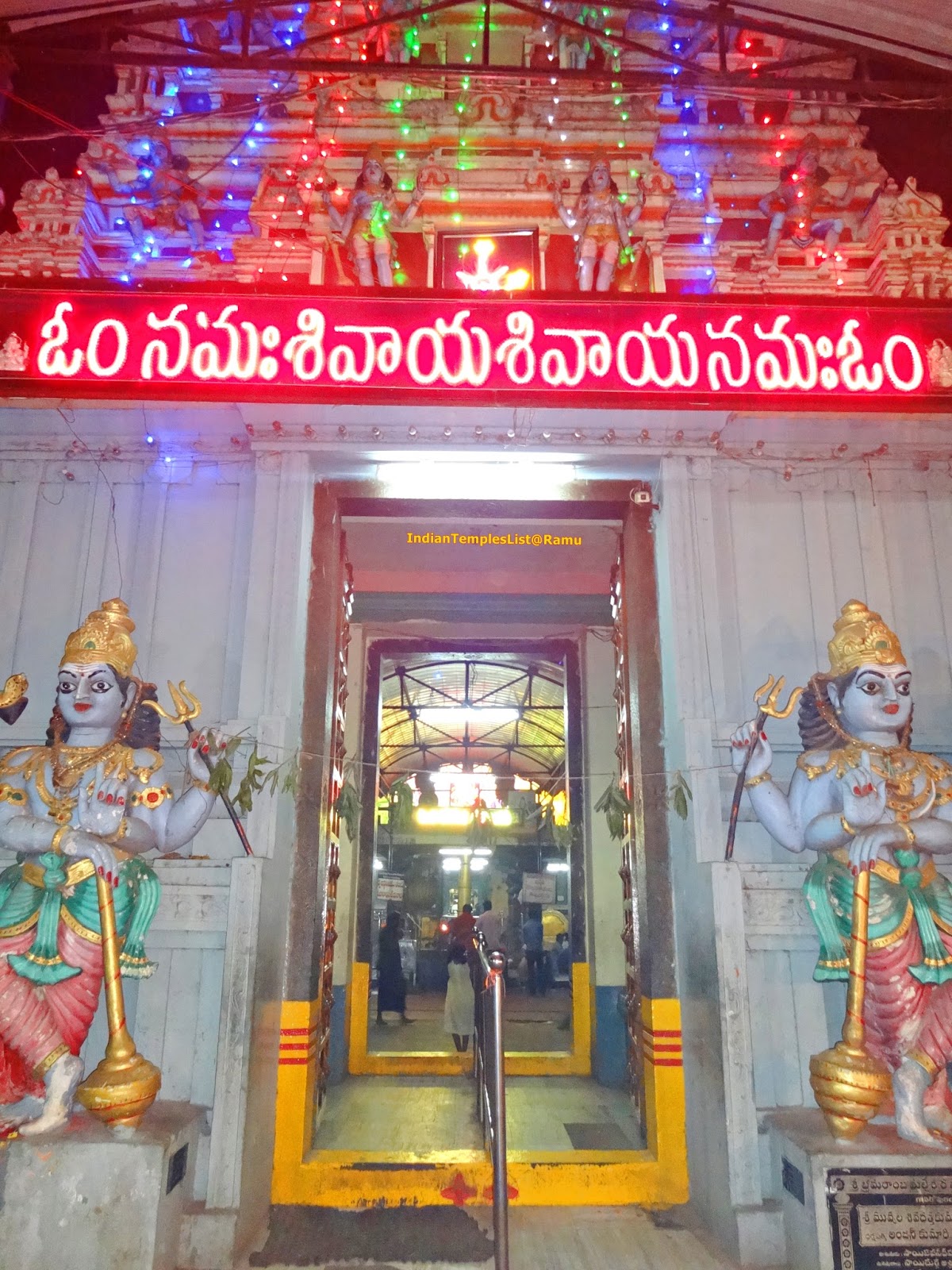Pedakakani Temple a Spiritual Oasis in Andhra Pradesh
Nestled amidst the serene landscape of Andhra Pradesh, the Pedakakani Temple stands as a testament to the rich cultural and religious heritage of this region. This sacred site, dedicated to Lord Shiva, has been a place of devotion and worship for centuries. With its historical significance, architectural beauty, and spiritual aura, the temple has become a prominent pilgrimage destination and a symbol of divine grace. In this 1000-word article, we will explore the history, significance, architecture, and cultural aspects of the Pedakakani Temple, providing readers with a deeper understanding of this spiritual oasis.
Historical Significance
The history of Pedakakani Temple can be traced back to ancient times, dating back several centuries. The temple’s origin is shrouded in legends and folklore, but it is believed to have been constructed during the Kakatiya dynasty’s rule. This dynasty, which reigned in the Deccan region from the 12th to the 14th century, was known for its patronage of art, culture, and religious institutions. The Pedakakani Temple is a testament to their devotion to Lord Shiva and their architectural prowess.
One of the most compelling legends associated with the temple is that it was built by the Kakatiya queen, Rudrama Devi. She was a remarkable monarch who ruled the region during the 13th century and was known for her patronage of the arts and culture. It is said that she built the temple as an expression of her deep reverence for Lord Shiva.
The temple’s historical significance is not limited to its construction. Over the centuries, it has witnessed various rulers and dynasties, including the Vijayanagara Empire and the Reddy dynasty, who further enriched the temple’s architecture and contributed to its spiritual legacy.
Architectural Marvel
One of the most striking aspects of the Pedakakani Temple is its architectural splendor. The temple is a fine example of the Kakatiya architectural style, characterized by its intricate stone carvings, towering gopurams (entrance towers), and impressive sculptures. The temple’s entrance is adorned with a majestic gopuram, which serves as a grand gateway to the spiritual world within.
As visitors step inside the temple complex, they are greeted by a profusion of stunning stone carvings depicting various mythological stories and deities. These carvings are not just artistic marvels but also narrate tales of Hindu mythology, providing a visual and spiritual feast for devotees and art enthusiasts alike.
The sanctum sanctorum of the temple houses the presiding deity, Lord Shiva, in the form of a lingam. The sanctum is a place of deep reverence and devotion, and devotees from all over the region come to seek the blessings of Lord Shiva. The inner sanctum is designed with precision, reflecting the artistic sensibilities of the time in which it was built.
In addition to the main sanctum, the temple complex comprises smaller shrines dedicated to various deities, including Lord Ganesh, Lord Subramanya, and Goddess Parvati. These shrines are integral to the spiritual experience at Pedakakani and offer devotees the opportunity to pay their respects to a range of deities.
Spiritual Significance
Pedakakani Temple holds immense spiritual significance for devotees and pilgrims. It is believed that Lord Shiva, the presiding deity, blesses those who visit the temple with peace, prosperity, and spiritual fulfillment. The temple is a place for devotees to offer their prayers, seek divine intervention in their lives, and experience a profound sense of spiritual connection.
The temple also hosts various religious ceremonies and festivals throughout the year. Maha Shivaratri, one of the most significant festivals dedicated to Lord Shiva, is celebrated with great fervor at Pedakakani Temple. During this time, the temple is adorned with colorful decorations, and thousands of devotees throng to witness the grand celebrations.
The temple’s serene surroundings and the soothing ambiance make it an ideal place for meditation and introspection. Many visitors come to the temple seeking solace and inner peace, away from the hustle and bustle of modern life. The tranquil environment of the temple complex, with its lush greenery and quiet corners, allows visitors to connect with their inner selves and experience a sense of spiritual rejuvenation.
Cultural Aspects
Pedakakani Temple is not only a place of religious significance but also a cultural hub that reflects the traditions and customs of the region. The temple has played a pivotal role in preserving and promoting the cultural heritage of Andhra Pradesh.
Classical music and dance performances are often held at the temple, adding to its cultural vibrancy. These performances, often dedicated to Lord Shiva, showcase the rich artistic traditions of the region. The temple premises serve as a stage for artists to showcase their talents and for the audience to immerse themselves in the cultural heritage of Andhra Pradesh.
The temple also hosts a range of cultural events and fairs during various festivals. These events are an opportunity for local artisans to showcase their craft, be it traditional handlooms, pottery, or intricate jewelry. It provides a platform for the local community to connect with their roots and for visitors to take home a piece of Andhra Pradesh’s rich cultural heritage.
Community Engagement
Pedakakani Temple is not just a place of worship; it is a hub for community engagement and social activities. The temple plays an active role in various community development initiatives, including education and healthcare.
The temple management, along with local volunteers, runs educational programs for underprivileged children in the vicinity. These programs aim to provide quality education and promote literacy among the less privileged sections of society. Additionally, the temple conducts skill development workshops and vocational training to empower the youth in the region.
Healthcare camps and medical facilities are also provided by the temple to cater to the healthcare needs of the local population. Regular medical check-up camps and vaccination drives are organized, benefiting hundreds of people in the area.
Conclusion
Pedakakani Temple is not just a place of worship; it is a symbol of Andhra Pradesh’s rich cultural and religious heritage. Its historical significance, architectural marvel, spiritual aura, and cultural engagement make it a must-visit destination for devotees, tourists, and anyone interested in experiencing the essence of the region.
The temple stands as a bridge between the past and the present, connecting people to their roots while providing a space for spiritual reflection and cultural celebration. It is a testament to the enduring power of faith and art to bring communities together and enrich their lives. As visitors walk through the grand entrance, adorned with intricate carvings and towering gopurams, they enter a world of divine grace and cultural splendor that continues to captivate the hearts and minds of all who visit Pedakakani Temple.




